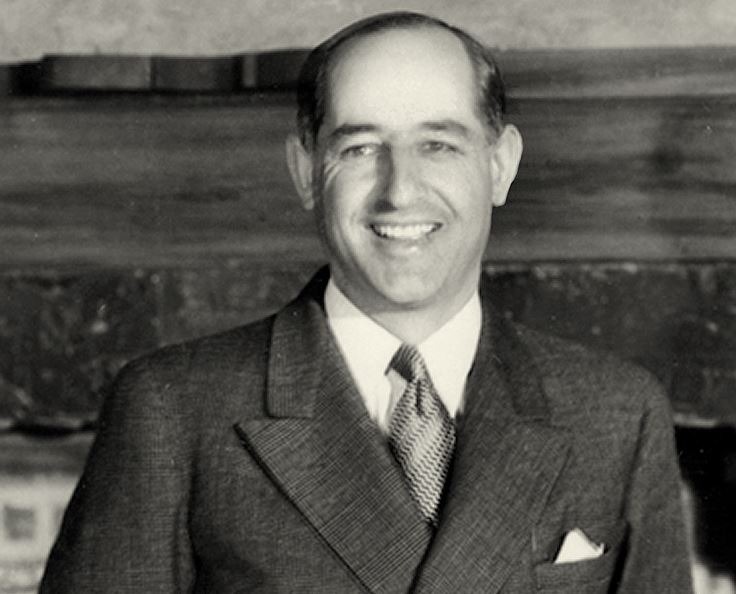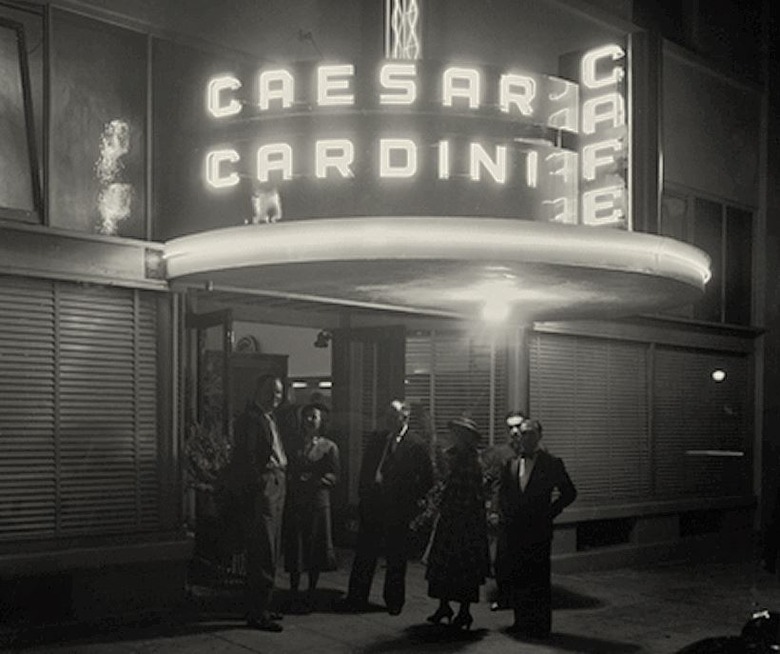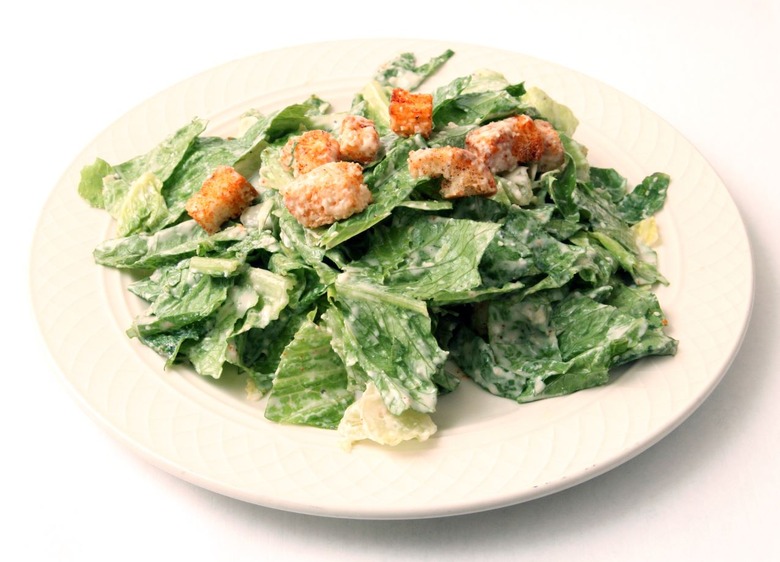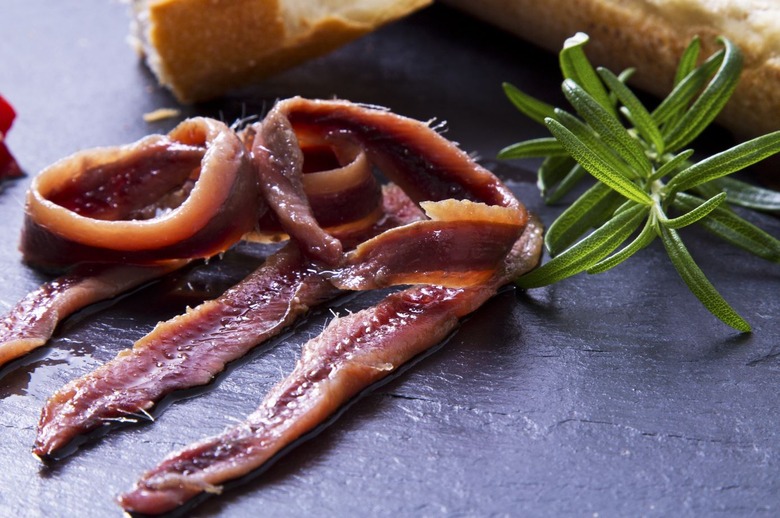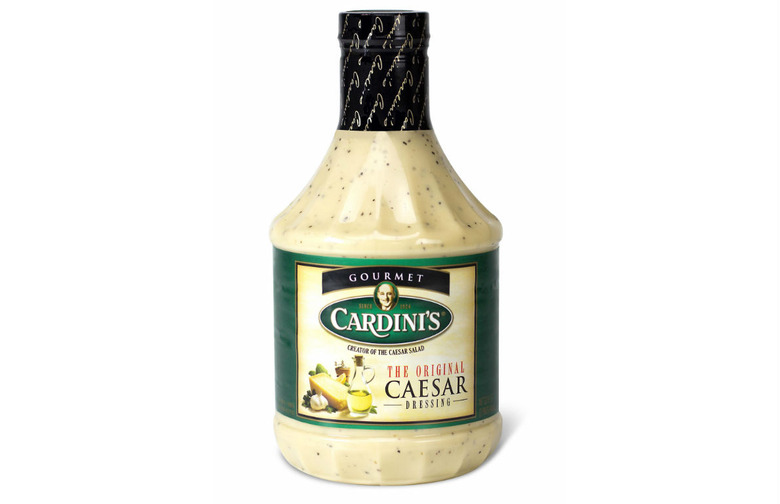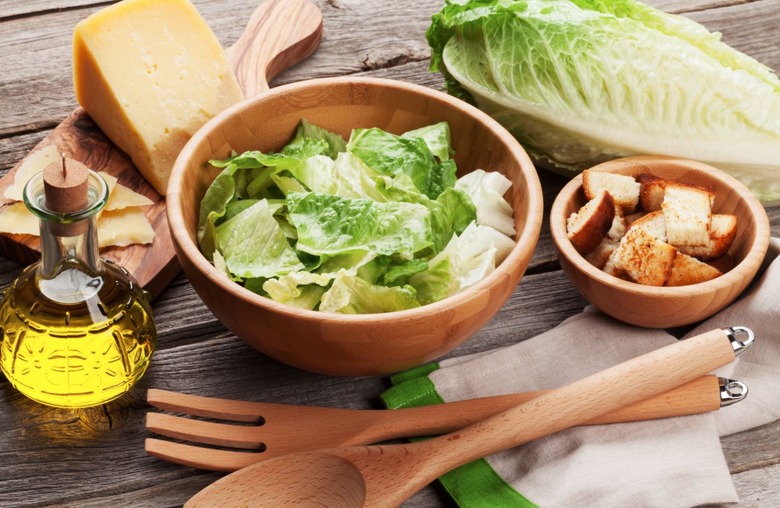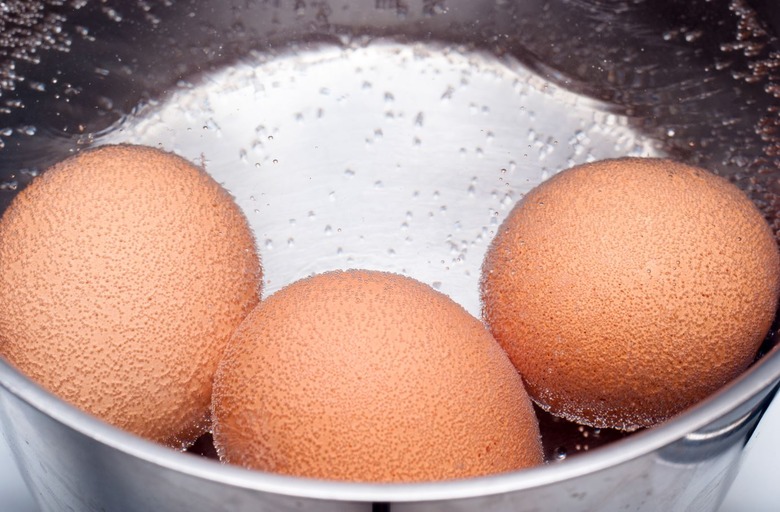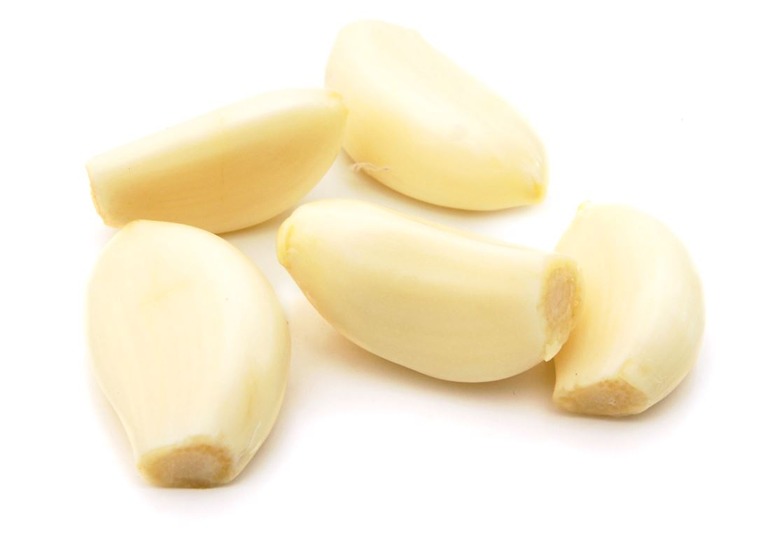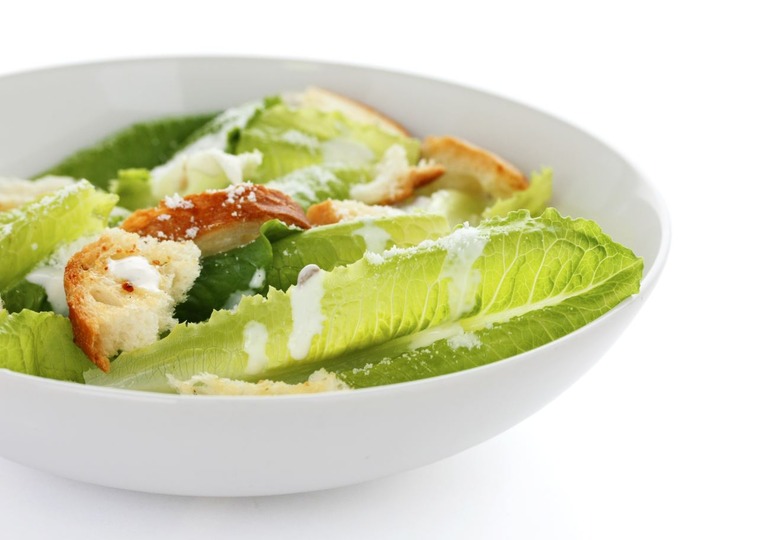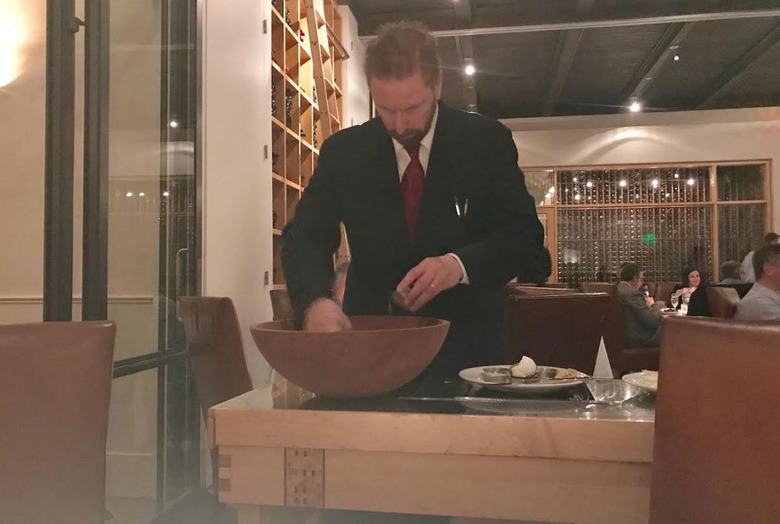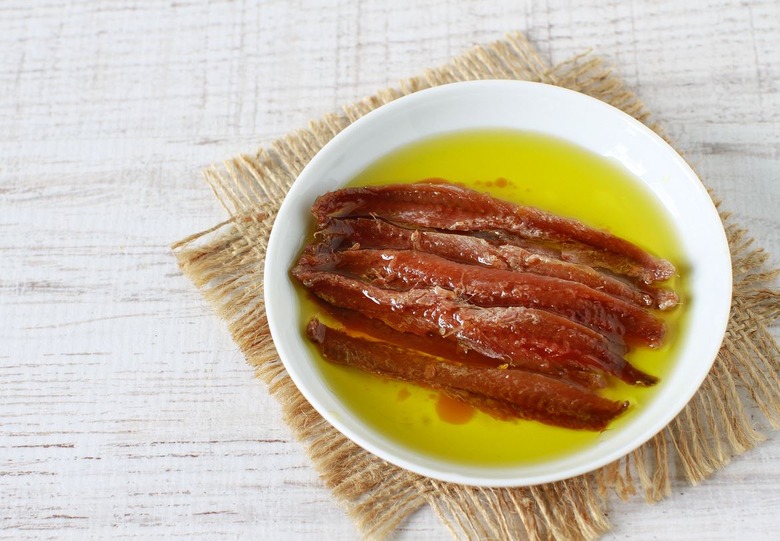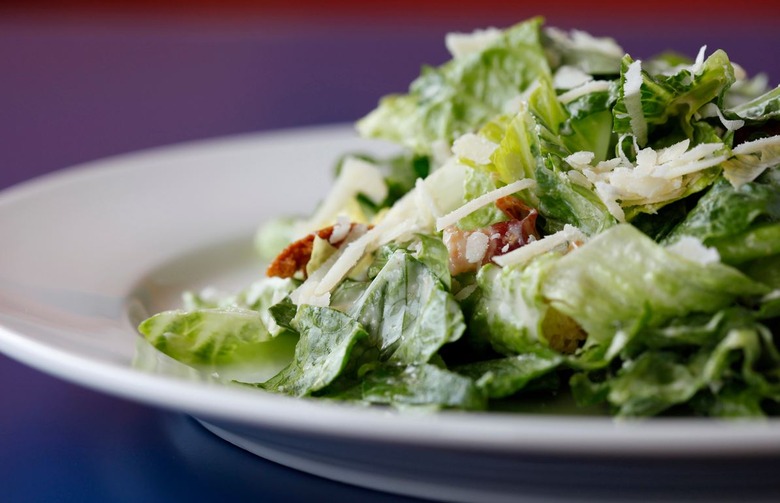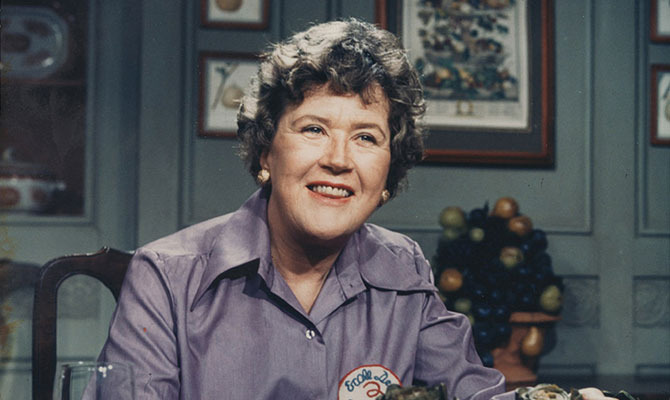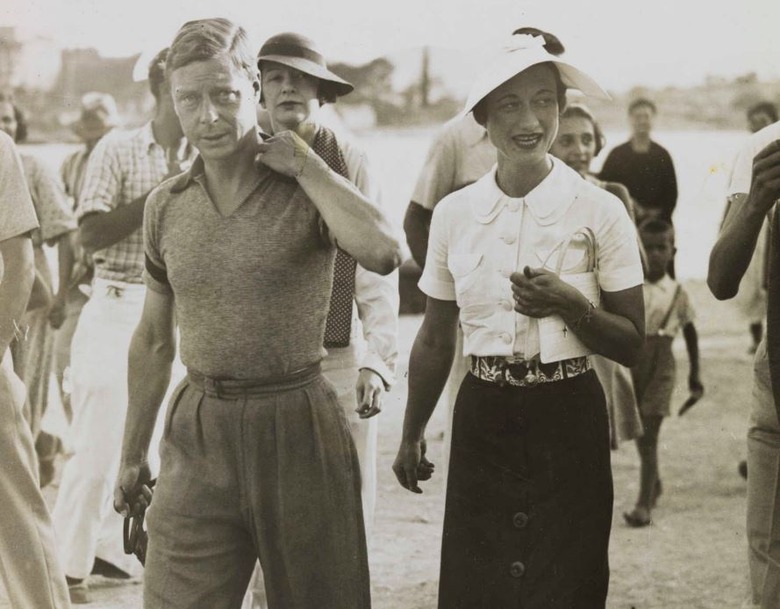15 Things You Didn't Know About Caesar Salad
What is it about the Caesar salad that makes it so popular? Perhaps it's the crunch of the romaine, or the creaminess, the umami kick of Parmesan cheese, or that garlicky tang. Either way, it's one of the most delicious salads in existence, and even if you order it every time you see it on a menu, we bet there's a lot you didn't know about it.
Cardini Opened His Restaurant in Mexico to Avoid Prohibition
Caesar Cardini was born in northern Italy in 1896, and settled permanently in the United States in 1919. He eventually moved to San Diego and would commute daily to run his restaurants in Tijuana during the 1920s. Why open restaurants in Tijuana? Because it was right across the Mexican border, and he could serve booze there during Prohibition!
Cardini Left Mexico for Good in 1936
After Prohibition was repealed, Cardini hightailed it out of Mexico as business at his restaurants dropped off and never looked back. He opened a handful of restaurants in Southern California, including Caesar Cardini Café in San Diego and Caesar Cardini Villa in Chula Vista.
Cardini Devoted the Rest of His Life to His Dressing
Cardini knew that he had something good on his hands, so in order to capitalize on his invention, he opened a shop on Los Angeles' Beverly Boulevard in 1938, where he and his family made and sold his signature dressing. It was a success, and in 1948 he established Cardini Foods with his daughter, Rosa. The company continues to sell the bottled dressing to this day, the recipe relatively unchanged.
The Original Recipe Contains No Anchovies
Cardini used Worcestershire sauce in his original recipe and subsequent bottled dressings, and remained adamant against substituting anchovies. Anchovies were added by chefs who were looking to approximate the recipe in their own restaurants.
Cardini Originally Used Limes Instead of Lemons
Lemons aren't actually widely consumed in Mexico; the Mexican limón is a small lime, similar to a Key lime. That's what Cardini had on hand, and that was the acidic component in his original dressing.
Cardini’s Is Today a Major Salad Dressing Company
Cardini's was taken over by his daughter after his 1956 passing, and in 1986 it was bought by Dolefam Foods, who began distributing it nationally. Today Cardini's is run by the T. Marzetti Company, and while traditional Caesar is still the company's top seller, other dressings include Aged Parmesan Ranch, balsamic vinaigrette, honey mustard, and Roasted Asian Sesame. They're available at supermarkets nationwide.
There’s a Very Specific Sequence to Making the Dressing
If you want to make a real Caesar salad, you can't just toss everything in a blender and hope for the best. The proper technique is to start by mashing garlic and salt into the side of a wooden bowl; whisking in egg yolks, lemon juice, Worcestershire, and optional mustard; then gradually whisking in the oil. Finish by whisking in finely grated Parmesan, and add more salt, pepper, and lemon juice to taste. Then toss the dressing with croutons and romaine, and finish with shaved Parmesan.
The Egg Should Be “Coddled” First
Most traditional recipes call for coddled egg instead of raw egg. An egg is coddled by submerging it in hot water very briefly, only for a minute or so, and then cracking it into the dressing to form the emulsion. This process slightly heats up the egg. But if you just want to use a plain old raw egg yolk or two, we doubt anyone will notice.
The Greenish “Germ” of the Garlic Should Be Removed
In order to avoid too much bitterness in the raw garlic, a good trick is to remove the inner "core" of the garlic clove, which can take on a slightly green tint.
Whole Ribs of Romaine Work Best
Cardini's original recipe called for intact romaine leaves, which could be eaten with your hands. While you probably shouldn't eat any salad with your hands in public, leaving the leaves whole keeps the lettuce crisp and not too saturated with dressing, looks elegant on the plate, and lets the diner cut it into his or her preferred size.
It Was Originally Prepared Tableside to Take Pressure off the Kitchen
Cardini's original restaurant would get packed with well-heeled Americans, and the kitchen would get predictably slammed. In order to take some pressure off of the kitchen, he had the idea for the waiters to prepare the most popular menu item — the Caesar salad — tableside. The fact that it could be eaten with fingers meant that less silverware had to be washed, too.
Many Chefs Swear by Adding Anchovies
The mild tang of Worcestershire was enough for Cardini, but most restaurants (and recipes, like Martha Stewart's and Bon Appetit's very popular one) include anchovies in their Caesars. When mashed up with the garlic, they add a salty, umami punch that kicks up the whole dish.
There’s No Single, Perfect Recipe
Caesar Cardini's original recipe — lettuce tossed with a dressing of garlic-infused olive oil, egg, limón juice, and Worcestershire, topped with Parmesan and croutons — is light and tangy, but widely regarded as something that would fall into the "nothing special" camp nowadays. Many restaurants and publications will claim to have created the "perfect" version, but you can play around with the standard ingredients until you find yours.
Julia Child Was a Childhood Fan
Julia Child ate at the original Caesar's as a child with her parents, and recounts in her book From Julia Child's Kitchen how "Caesar himself rolled the big cart up to the table, tossed the romaine in a great wooden bowl, and I wish I could say I remembered his every move, but I don't."
It Was Introduced to Europe by Wallis Simpson
Wallis Simpson, the American-born Dutchess of Windsor and mistress of England's King Edward III (who abdicated the throne in 1936 in order to marry her) is credited with introducing the dish to Europe. She was known to party in Southern California on occasion, and supposedly encountered the salad on a visit there.

